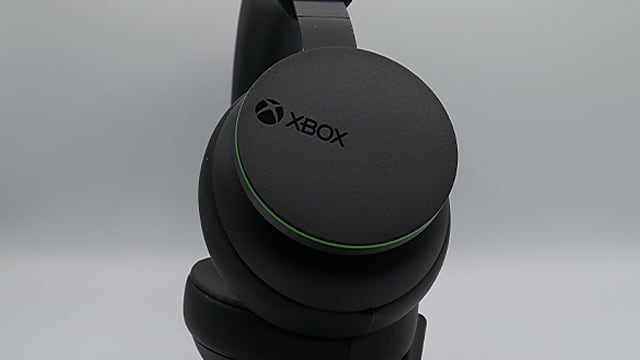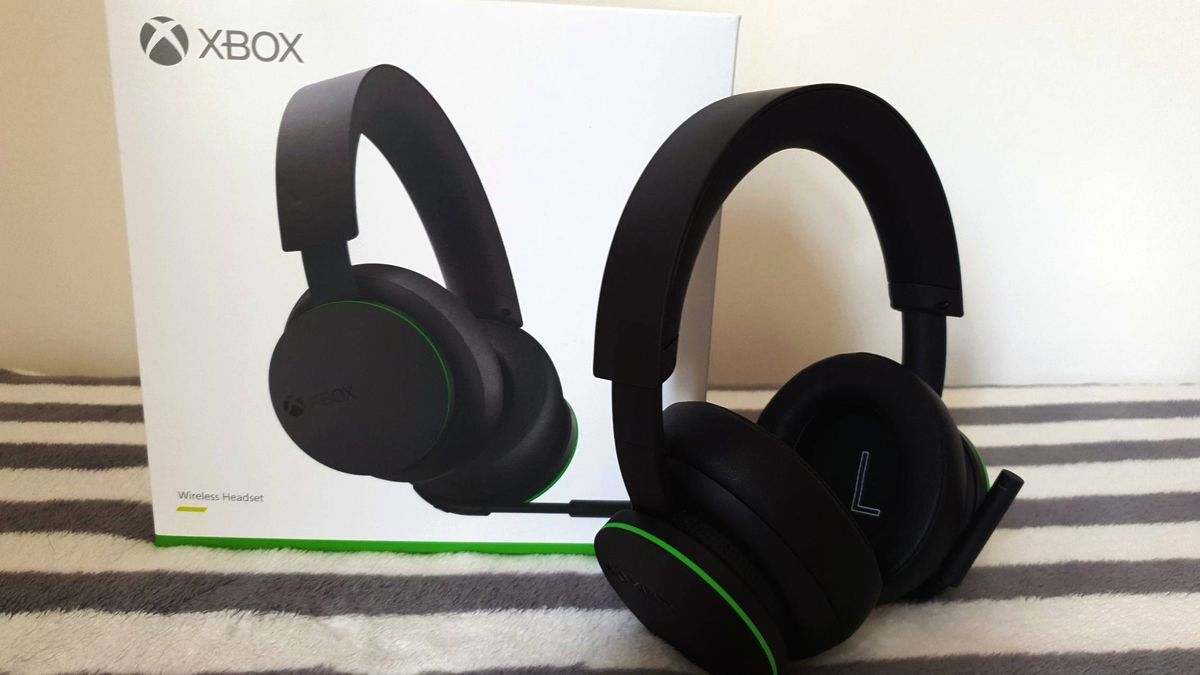

Surprisingly, though, it picks up your voice very clearly. The stubby boom is also a bit too short to get it properly adjusted in front of your mouth. In a mic test in Logitech Capture, which I use to prep video calls, I found that the mic added a slight tinniness to higher tones. The microphone, meanwhile, has some ups and downs. Given their positions and shapes, you’d never mistake one control for another once you know where everything should be, which makes them infinitely more useful than the vast majority of onboard headset controls. Lastly, there’s a somewhat hidden USB-C port on the right earcup, in the gap between the inner earcup padding and outer dial.

Below it, on the base of the mic boom, you have a flat, inset mute button. There are just two buttons on the left cup: Directly in back, you have a long, thin pairing/power button. The outer circles of the earcups are both rotating dials: Your right ear controls volume, your left controls game/chat mix. Instead of loading the back of the earcups with a stack of indiscernible buttons, it spreads out its controls using dials and just a couple of buttons, all of which are easily distinguishable by touch. The Xbox Wireless Headset’s best asset is its simple but graceful earcup controls. On the inside, the headset features 40mm drivers, which generate a sharp, concussive sound. It’s fixable, but also a sign that maybe the cups are a little too small, or at least set a little too narrow. While the space inside the cans looks and sounds cavernous, from time to time I would notice part of the padding uncomfortably rubbing against the base of my ear. That said, the padding can be a bit overbearing. That padding creates a seal that provides a relatively small, but still noticeable passive noise-cancelling effect. The earcups are also padded with supportive leatherette and foam. Then again, at only 10.97 ounces, the padding doesn’t need to keep that much weight off your head. The inner face of the band features leatherette-coated foam padding, which is very firm, but comfortable. The sides of the band slide so you can adjust the fit: there’s a tactile response as you adjust, helping you keep track as you find your fit, though it lacks a visual indicator to help you match the adjustment on both sides. The adjustable top band – hard plastic with a steel inner frame – looks narrow, but adjusted to fit my wide head just fine. Much like Sony’s Pulse 3D headset, it’s designed to look like a match for the console.

Fashioned in black molded plastic with just a splash of Xbox green on the cans, the blend of slim, sharp edges on the top band with the not-quite concentric circles of the outer earcups and ear padding create a striking look that’s simultaneously sleek and spacious. Xbox Wireless Headset – Design and FeaturesThe Xbox Wireless Headset looks very elegant.


 0 kommentar(er)
0 kommentar(er)
